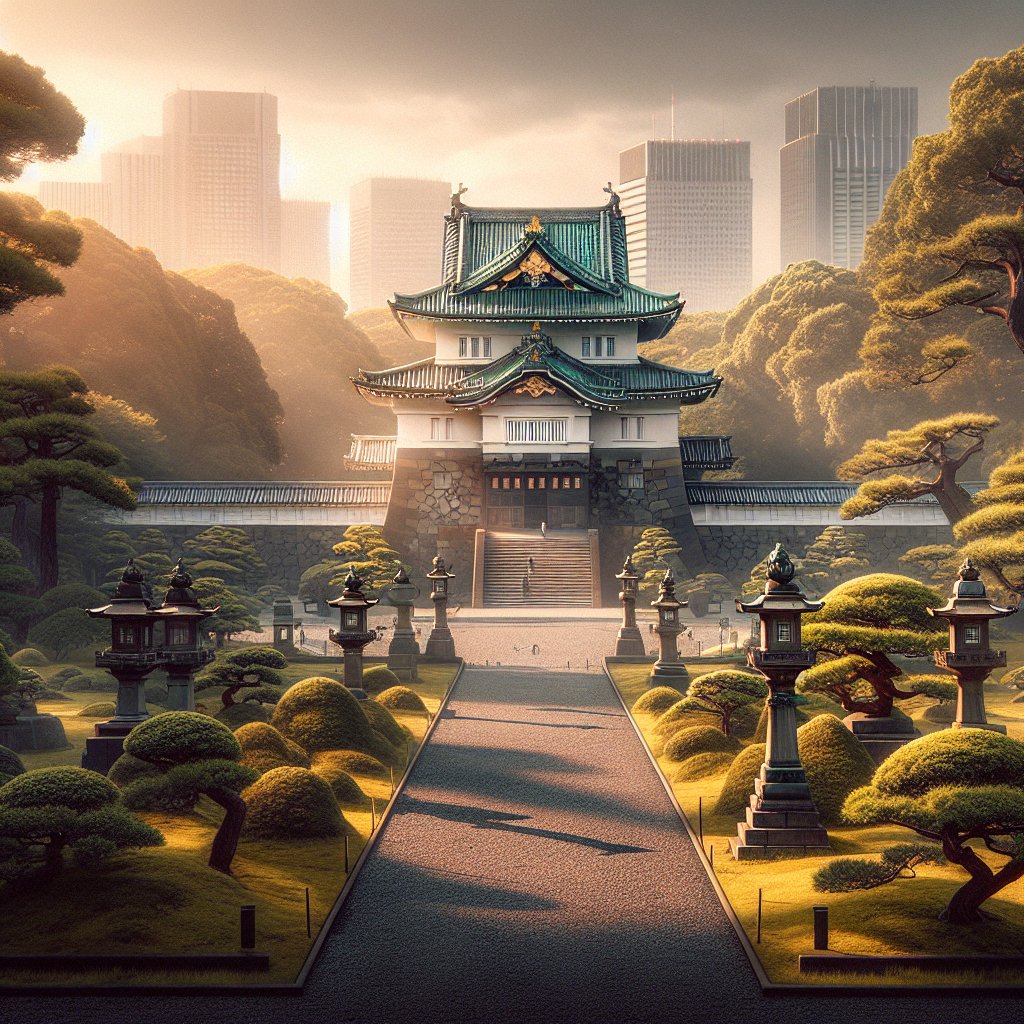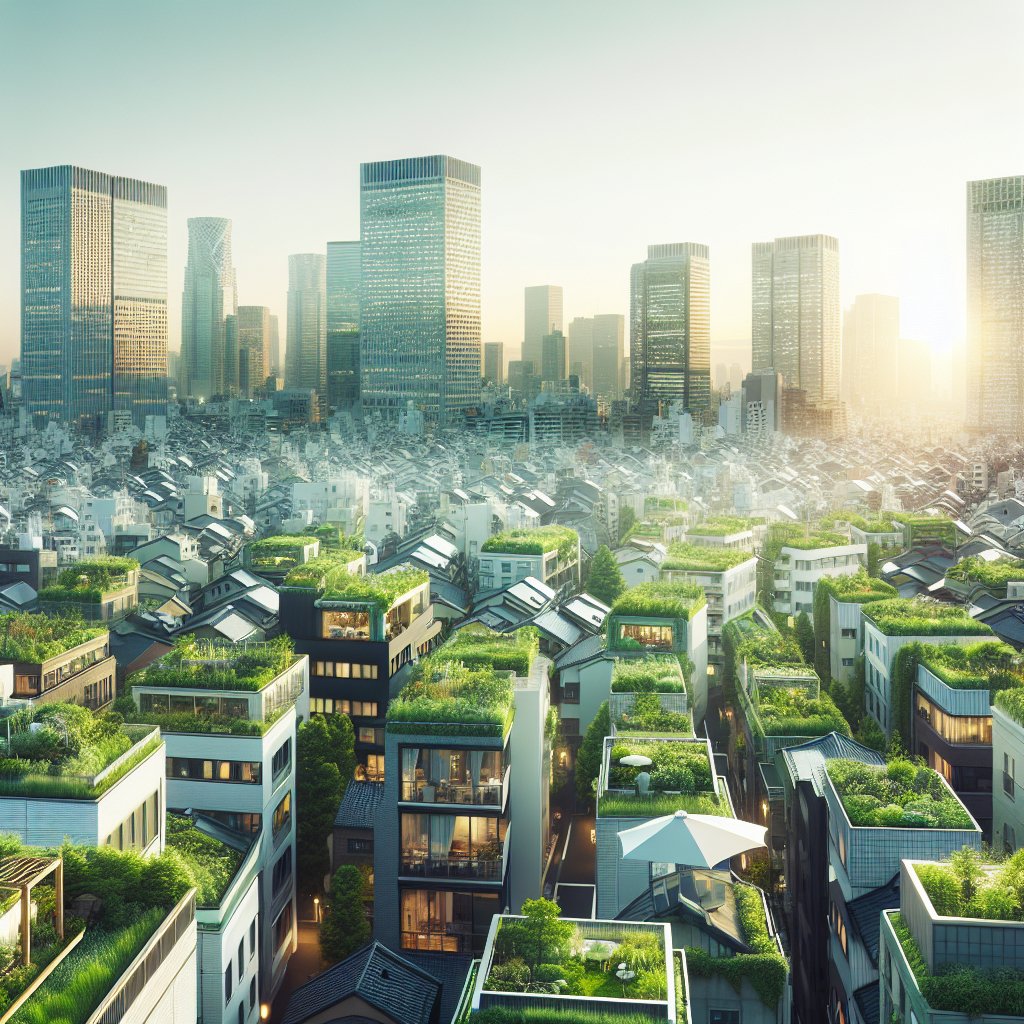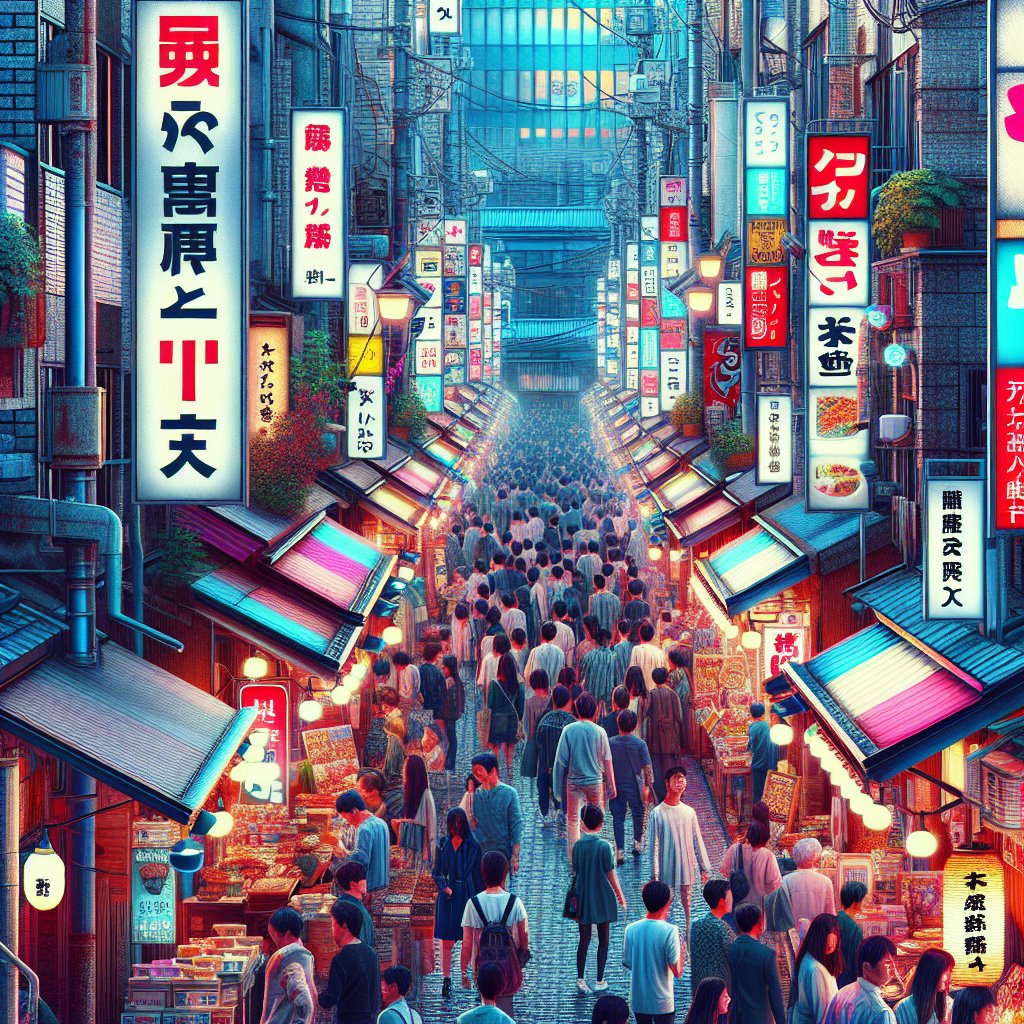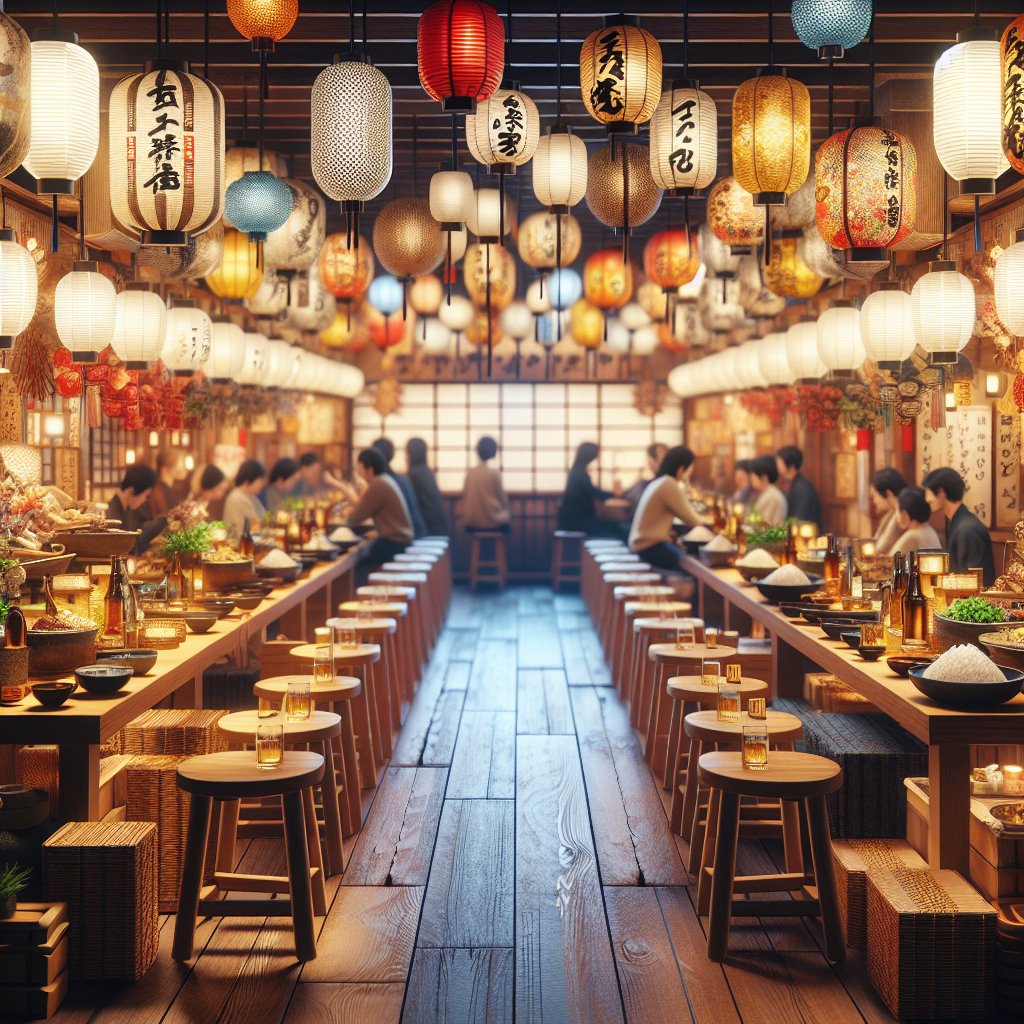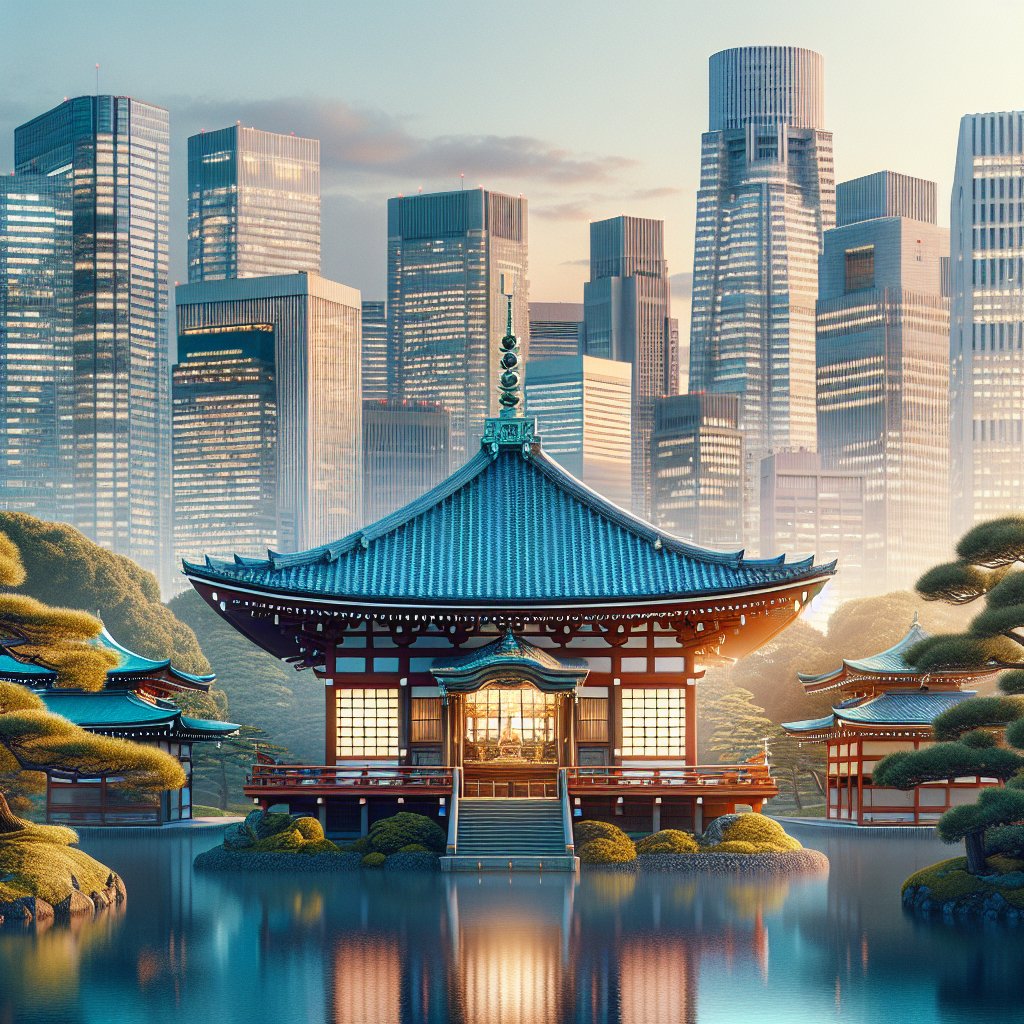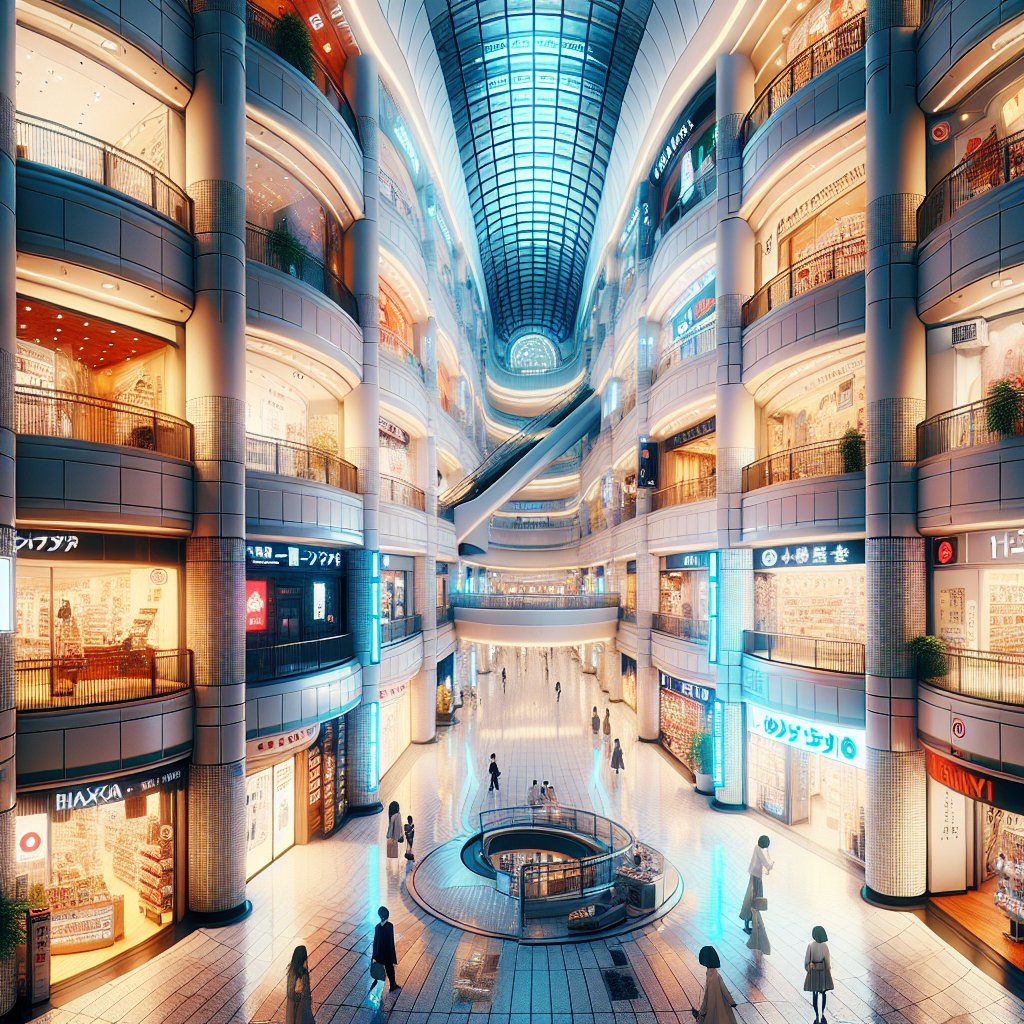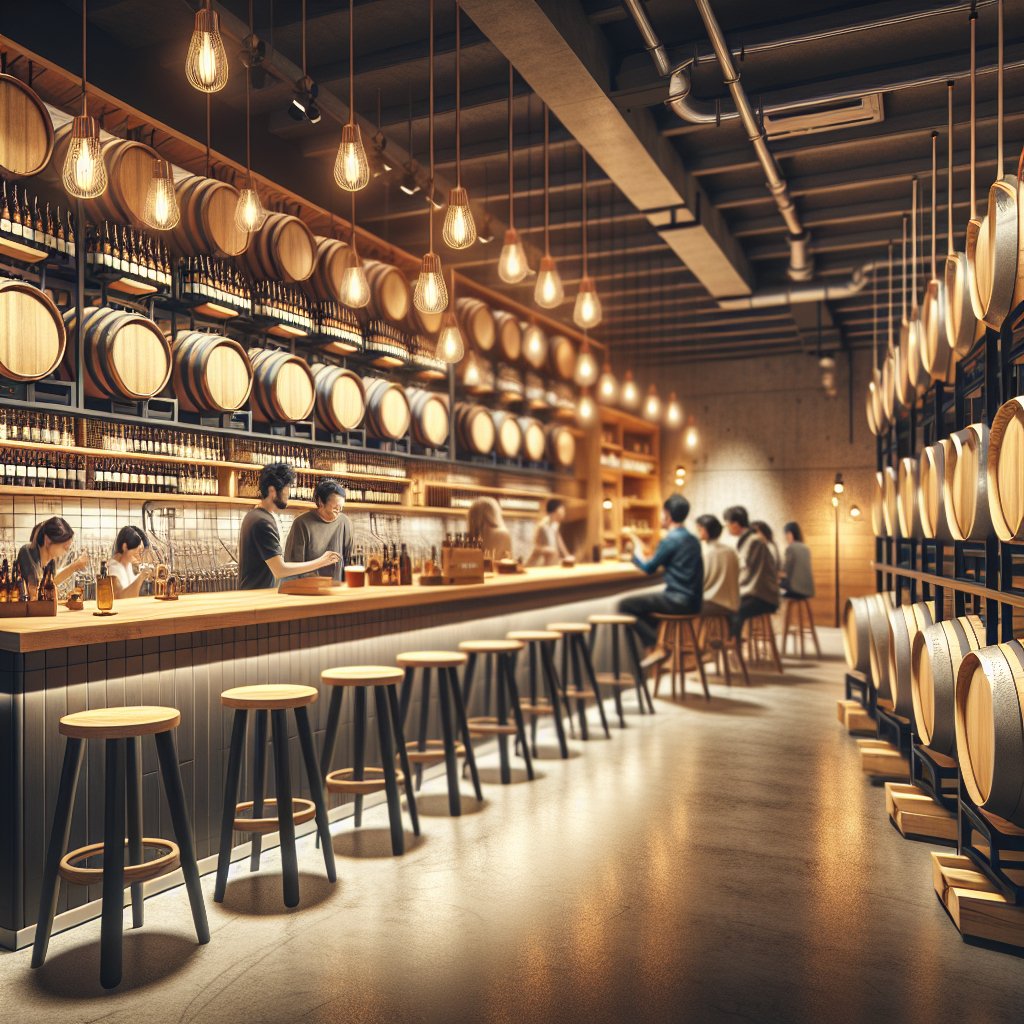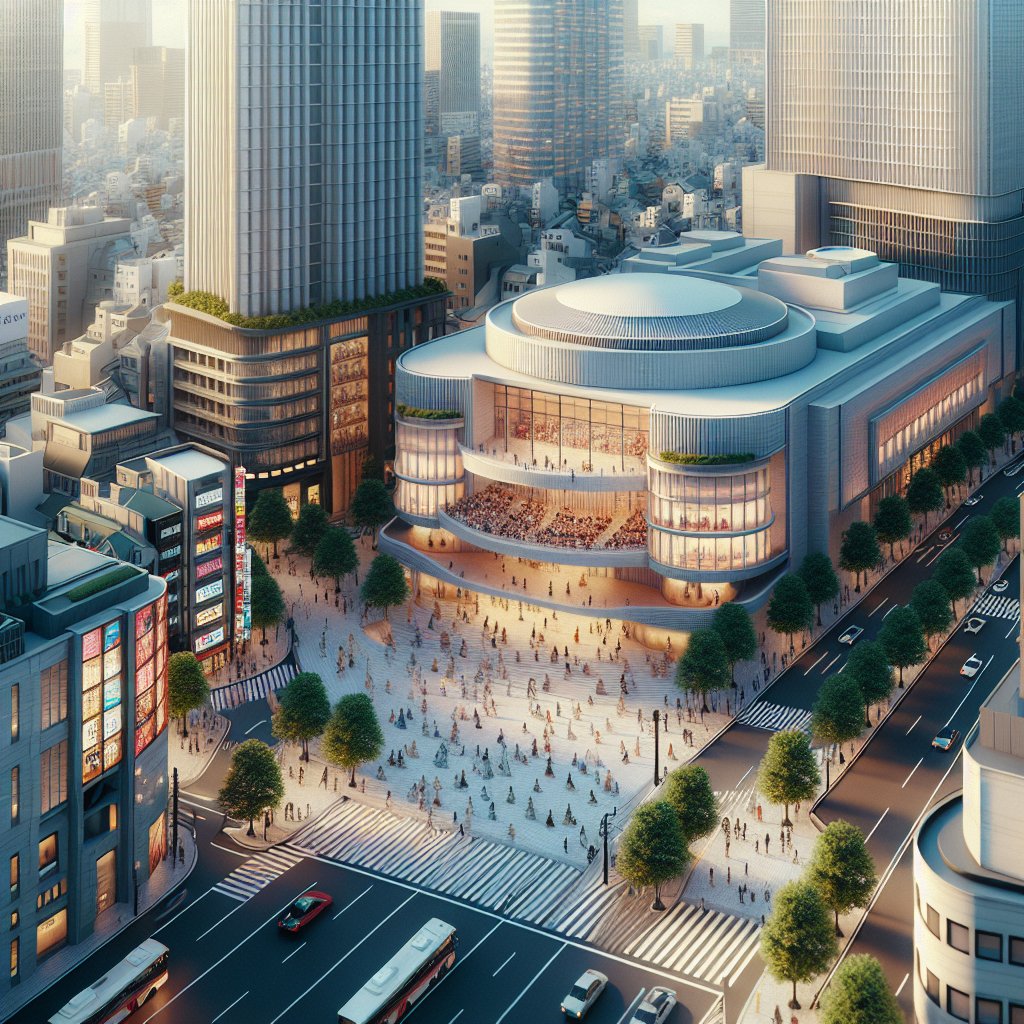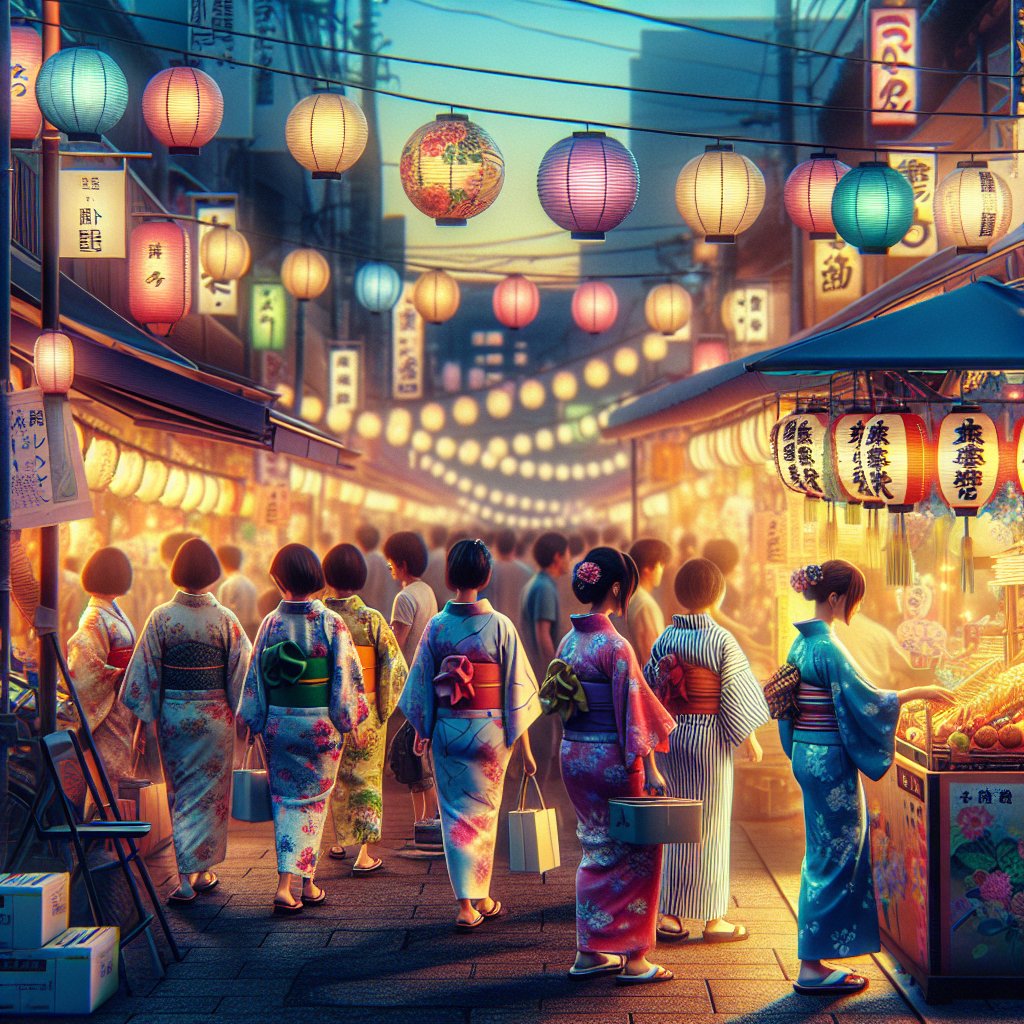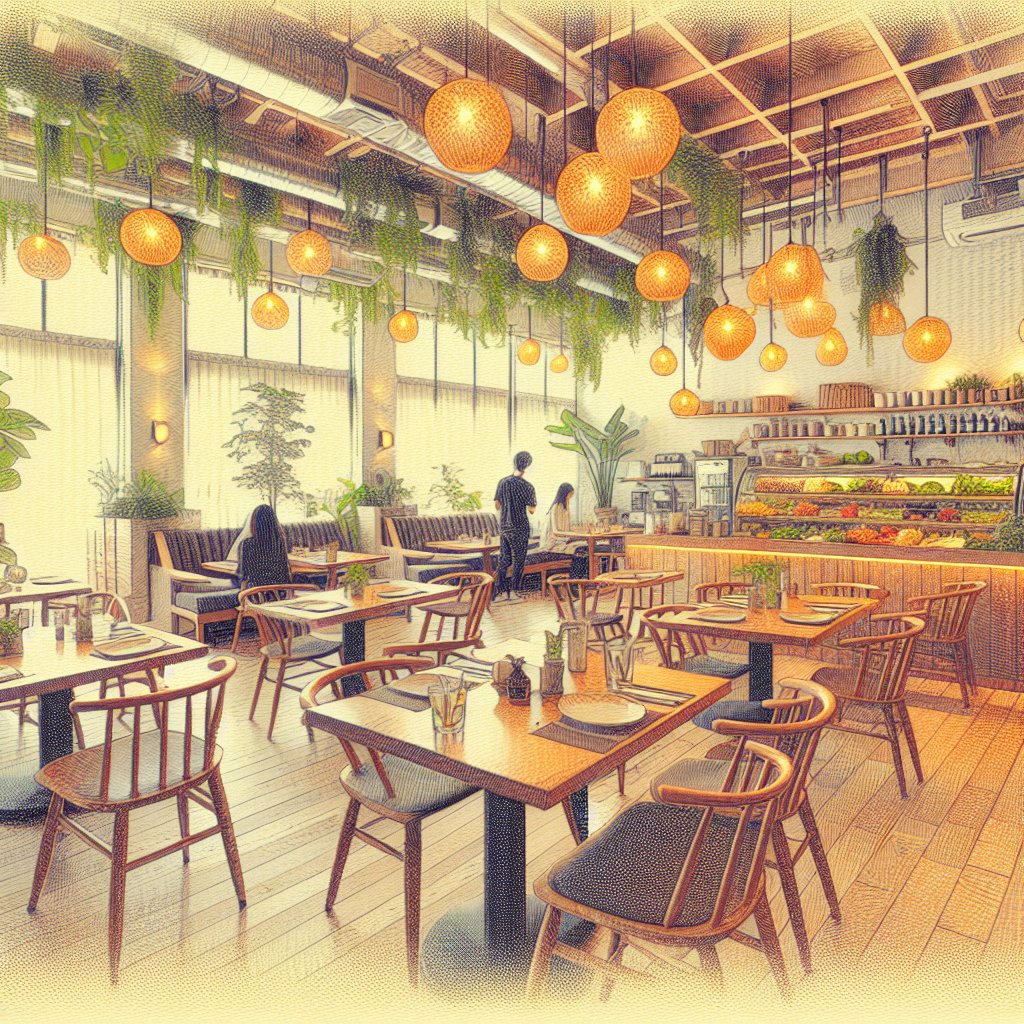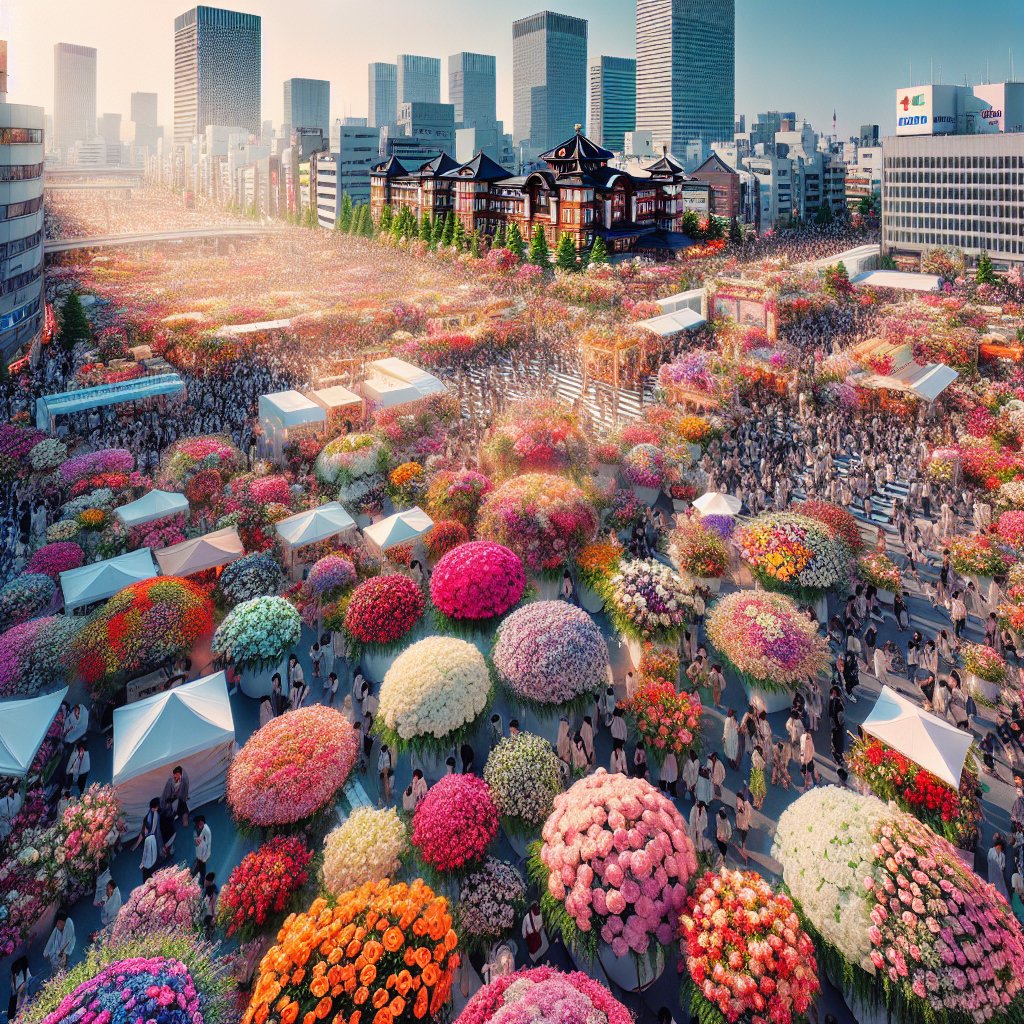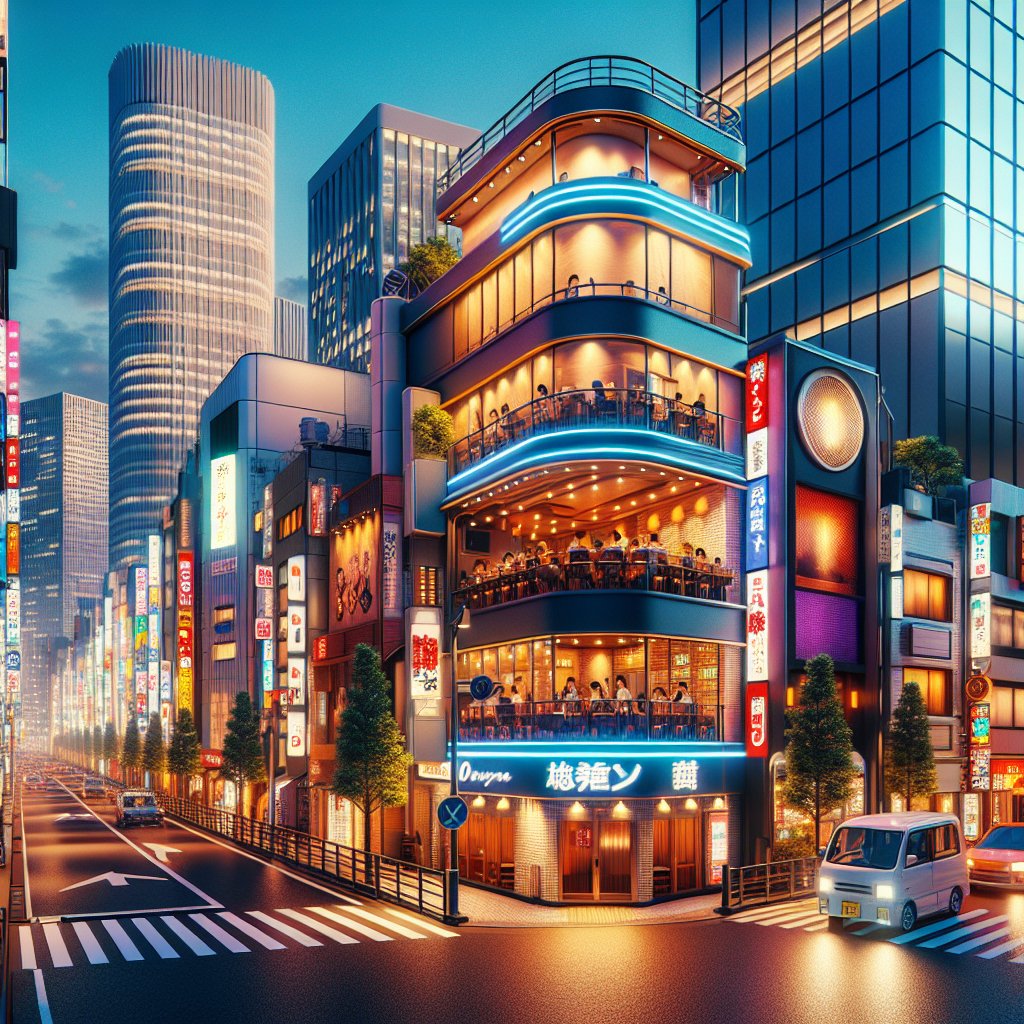Tokyo, the bustling capital of Japan, is a city where tradition and modernity coexist in harmony. One of the most iconic symbols of this blend is the Imperial Palace, a historic site that offers a glimpse into Japan’s rich cultural heritage. Nestled in the heart of Tokyo, the Imperial Palace is not only the residence of the Emperor of Japan but also a serene oasis amidst the urban sprawl. This article delves into the fascinating history and the captivating beauty of the Imperial Palace grounds, inviting you to explore its many wonders.
History and Significance of the Imperial Palace
The Imperial Palace, known as “Kōkyo” in Japanese, stands on the site of the former Edo Castle, which was the seat of the Tokugawa shogunate from 1603 to 1868. The castle was a symbol of power and authority during the Edo period, and its strategic location in the center of Tokyo made it a focal point of political and military activity. After the Meiji Restoration in 1868, the capital was moved from Kyoto to Tokyo, and the Emperor took residence in the newly established Imperial Palace.
The palace complex is a testament to Japan’s architectural evolution, blending traditional Japanese design with Western influences. The original structures were largely destroyed during World War II, but they were meticulously reconstructed in the post-war years, preserving the historical essence while incorporating modern elements. Today, the Imperial Palace serves as the official residence of the Emperor and Empress of Japan, and it is a symbol of the nation’s enduring monarchy.
The significance of the Imperial Palace extends beyond its architectural grandeur. It is a cultural and historical landmark that represents the continuity of the Japanese imperial lineage, one of the oldest hereditary monarchies in the world. The palace grounds are also a place of national celebration, hosting events such as the Emperor’s Birthday and New Year’s greetings, where the public can catch a rare glimpse of the imperial family.
Exploring the Palace Grounds
The Imperial Palace grounds are a sprawling expanse of lush gardens, historic structures, and tranquil water features, offering a peaceful retreat from the bustling city. While the inner grounds are generally closed to the public, the East Gardens and the surrounding areas are open for exploration, providing a unique opportunity to experience the beauty and serenity of this historic site.
The East Gardens
The East Gardens of the Imperial Palace are a highlight for visitors, offering a glimpse into the grandeur of the Edo period. The gardens are meticulously maintained, featuring a variety of seasonal flowers, traditional Japanese landscaping, and remnants of the original Edo Castle structures. The Ninomaru Garden, with its picturesque pond and carefully arranged stones, is a perfect example of Japanese garden design, emphasizing harmony and balance.
Visitors can also explore the ruins of the Edo Castle’s main keep, which offer panoramic views of the surrounding gardens and the modern Tokyo skyline. The juxtaposition of ancient stone walls against the backdrop of skyscrapers is a striking reminder of Tokyo’s unique blend of past and present.
The Imperial Palace Outer Gardens
The Outer Gardens of the Imperial Palace are a popular spot for both locals and tourists, providing a spacious area for leisurely strolls and picnics. The gardens are home to several iconic landmarks, including the Nijubashi Bridge, a picturesque double-arched stone bridge that is often featured in photographs of the palace. The bridge leads to the main entrance of the inner grounds, and while access is restricted, the view from the bridge is a must-see for any visitor.
Another notable feature of the Outer Gardens is the Sakuradamon Gate, a historic gate that once served as a defensive structure for the Edo Castle. The gate is a reminder of the palace’s strategic importance in Japan’s history and offers a glimpse into the architectural style of the Edo period.
Seasonal Beauty and Cultural Events
The Imperial Palace grounds are a year-round attraction, with each season offering a unique display of natural beauty. In spring, the gardens are adorned with cherry blossoms, attracting crowds of visitors eager to experience the fleeting beauty of “sakura.” The cherry blossom season is a time of celebration in Japan, and the palace grounds provide a stunning setting for “hanami,” or flower viewing.
In autumn, the gardens are transformed by the vibrant hues of red and gold as the leaves change color. The crisp air and the rustling of leaves create a serene atmosphere, perfect for a leisurely walk through the palace grounds. The seasonal changes highlight the Japanese appreciation for nature and the passage of time, a theme that is deeply ingrained in the country’s culture.
The Imperial Palace also hosts several cultural events throughout the year, offering visitors a chance to experience traditional Japanese customs and ceremonies. The New Year’s Greeting, held on January 2nd, is one of the few occasions when the inner grounds are open to the public. Thousands of people gather to hear the Emperor’s address and to offer their well-wishes for the coming year. The event is a unique opportunity to witness the connection between the imperial family and the Japanese people.
Practical Information for Visitors
For those planning a visit to the Imperial Palace, there are a few practical considerations to keep in mind. The East Gardens are open to the public throughout the year, except on Mondays, Fridays, and special occasions. Admission is free, but visitors are required to pass through a security check before entering the grounds. Guided tours of the inner grounds are available by reservation, offering a more in-depth exploration of the palace’s history and architecture.
The Imperial Palace is easily accessible by public transportation, with several subway and train stations located nearby. The Tokyo Metro and JR lines provide convenient access to the palace, making it an ideal destination for a day trip. Visitors are encouraged to wear comfortable shoes, as exploring the expansive grounds involves a fair amount of walking.
In conclusion, the Imperial Palace is a must-visit destination for anyone traveling to Tokyo. Its rich history, stunning gardens, and cultural significance make it a unique and memorable experience. Whether you’re a history enthusiast, a nature lover, or simply looking to escape the hustle and bustle of the city, the Imperial Palace grounds offer a tranquil retreat and a fascinating glimpse into Japan’s imperial heritage.
